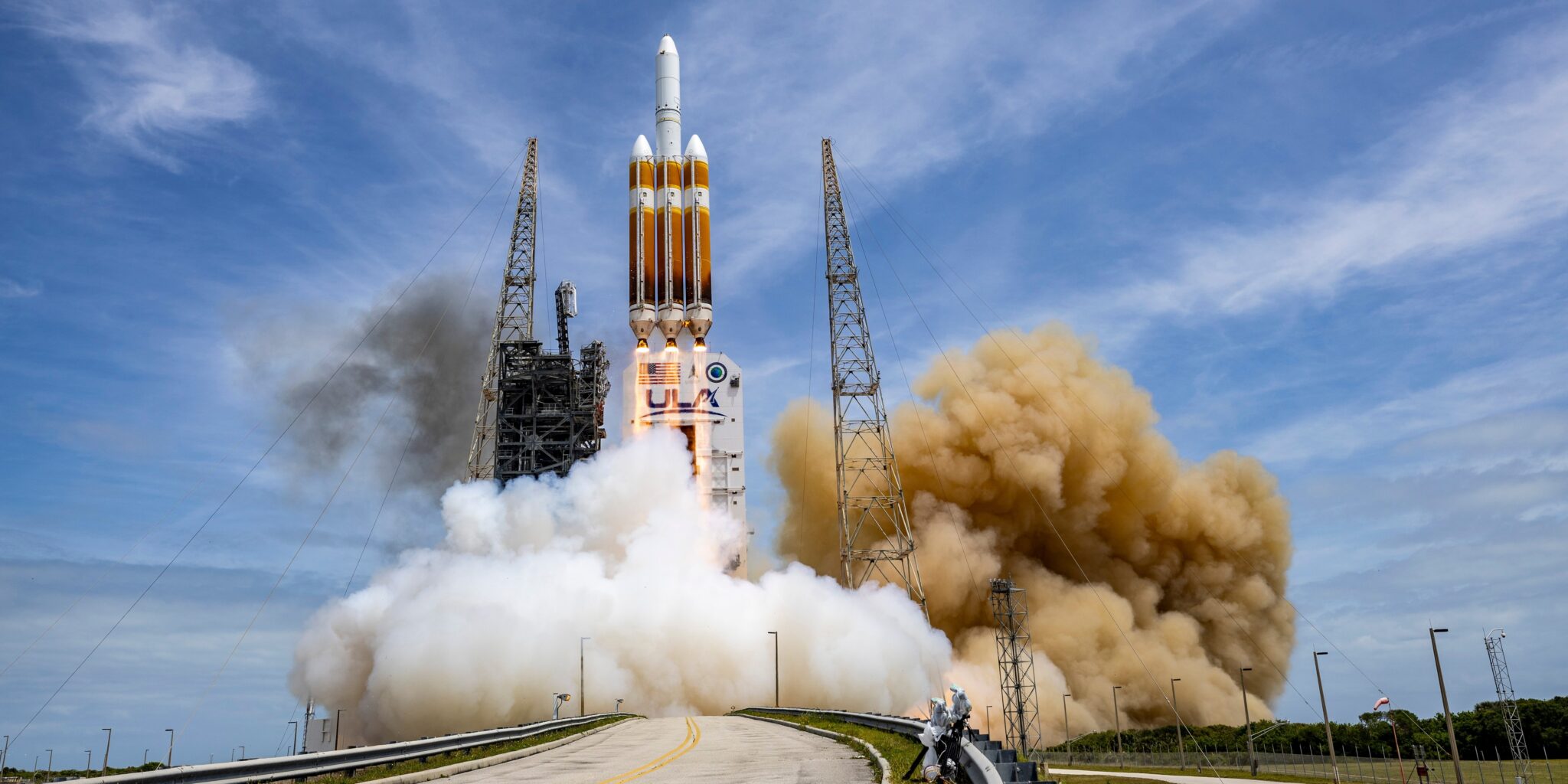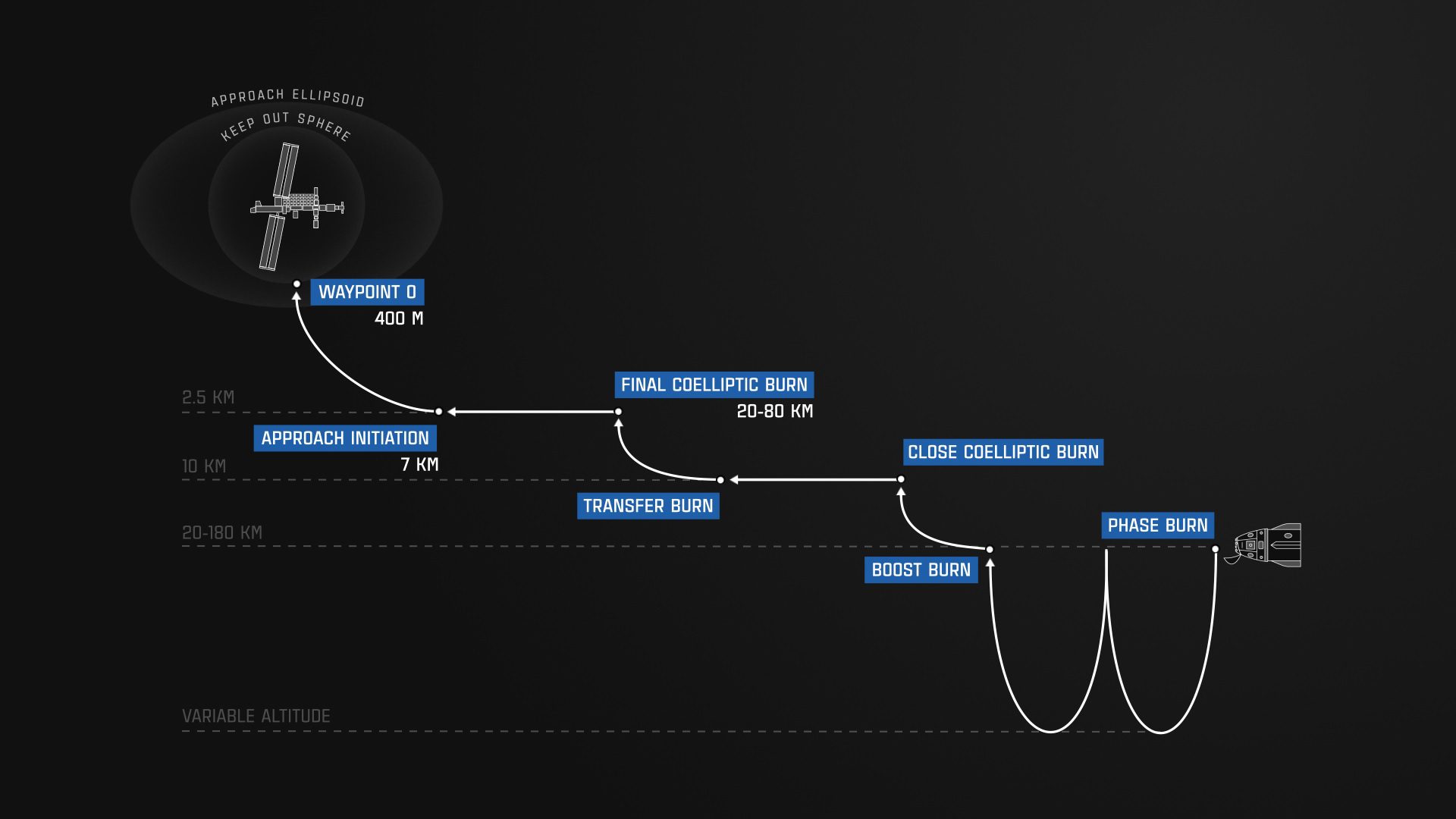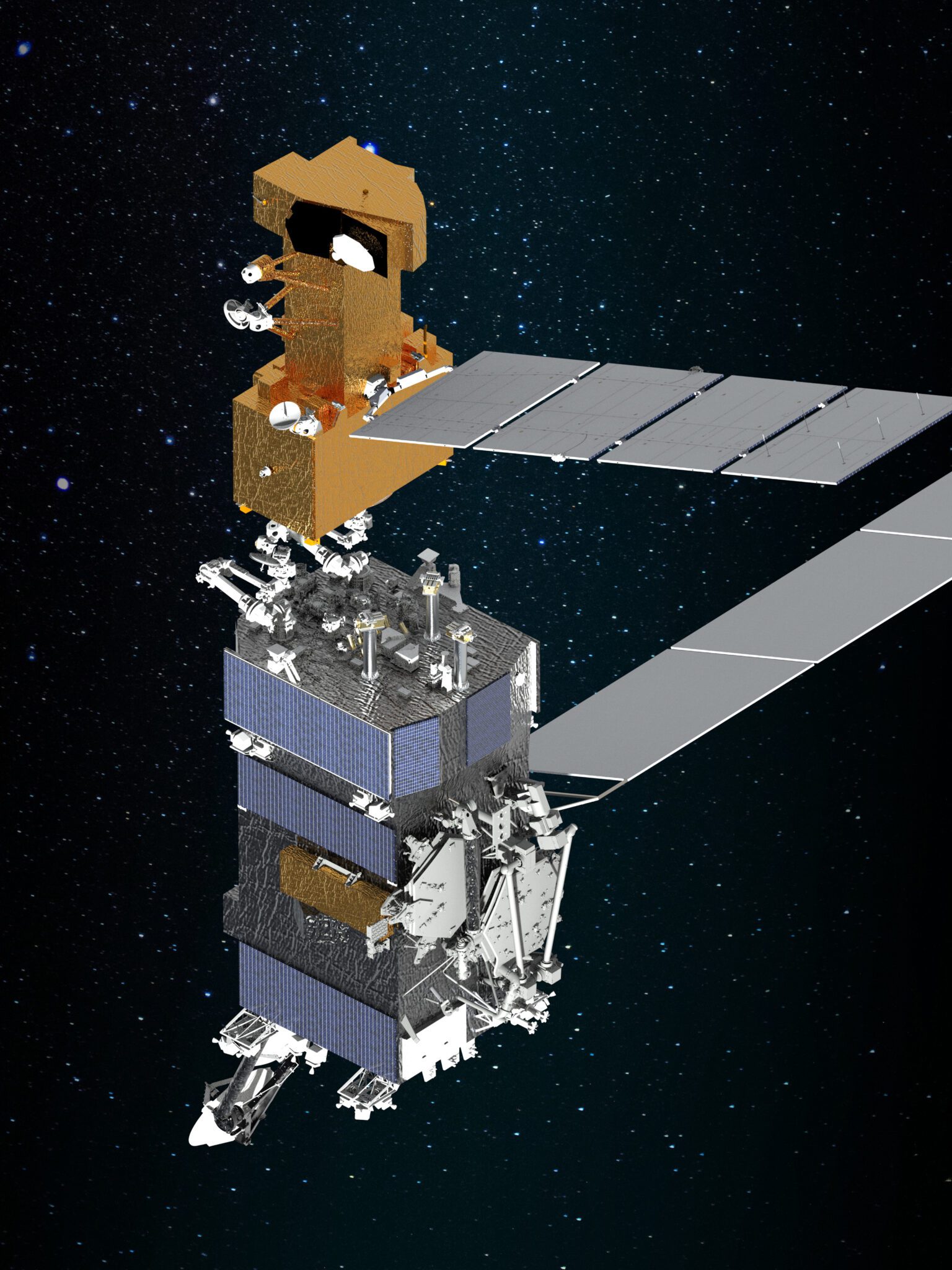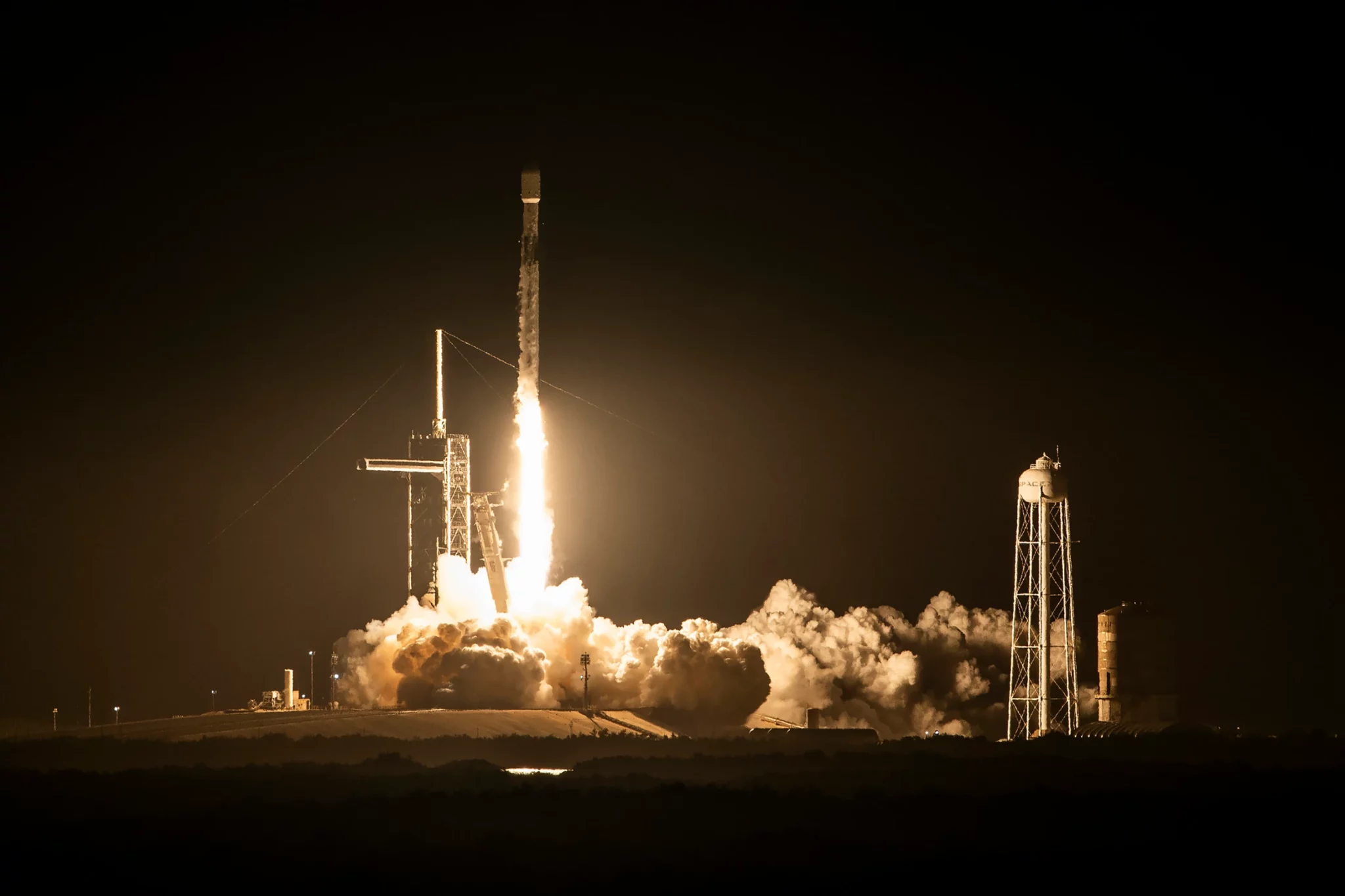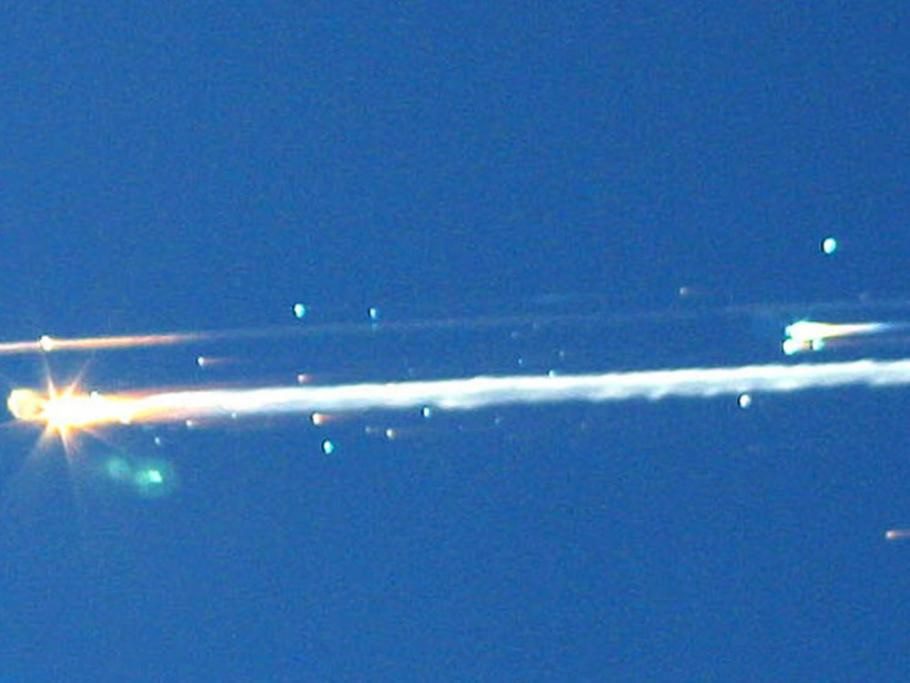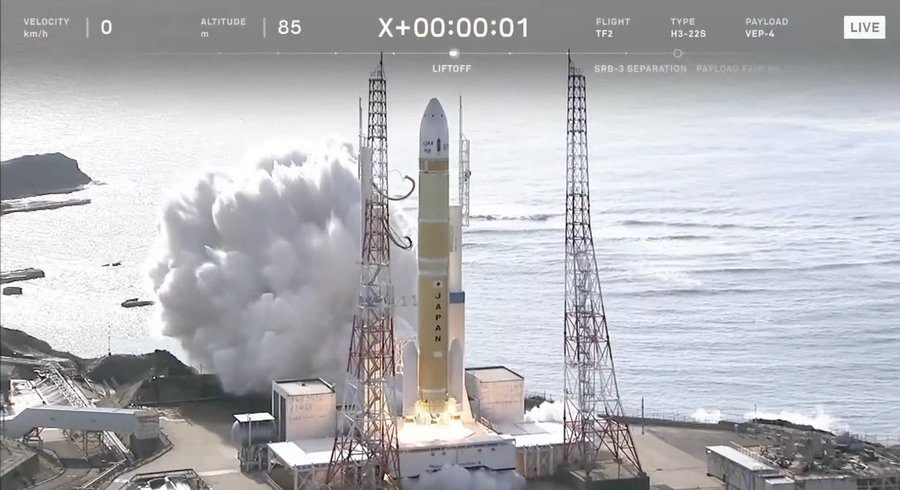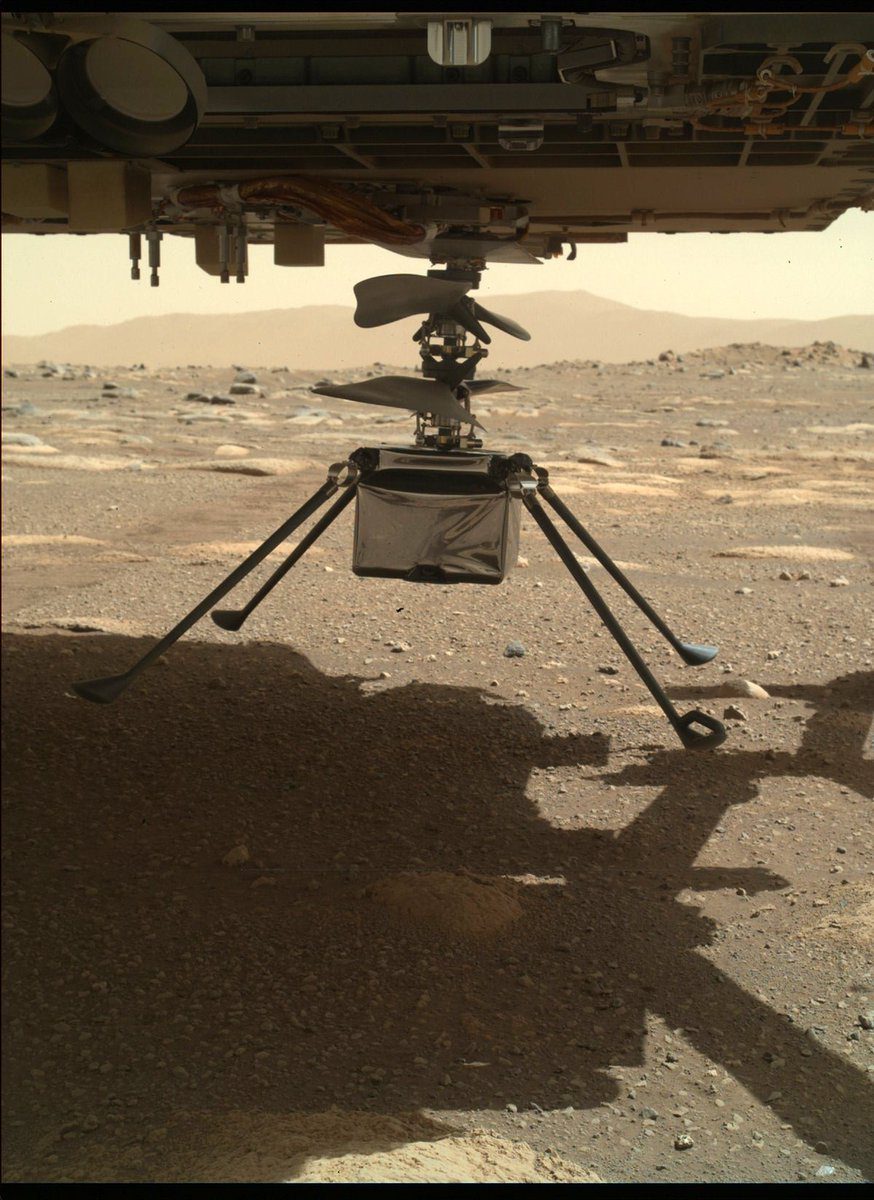Hyperbola has come to the conclusion that the leading exploration option from Norman Augustine’s report, much reported in the press, will sacrifice workforce, skills, infrastructure and technology for a gilded future that will never be realised
There comes a point in any under funded period of transition when grandiose ideas about reaching lagrange points and near Earth objects have to give way to more important issues of workforce and industrial infrastructure
At the moment the outcome of the US human spaceflight review that everyone is expecting would appear to be the flexible path option. It ends Space Shuttle next year, has a commercial crew transport competition hopefully delivering a US Soyuz like capability around 2016 while the heavy lift booster (also the backup to fill the crew gap if need be) comes onstream later in the early 2020s for the beyond low Earth orbit missions that the new path envisages
And all of this requires the extra $3 billion Augustine describes as the “less constrained” scenario, dollars that this blog thinks are as likely to be forthcoming as the NASA budget sandchart increases president George Bush predicted
Assuming Augustine’s fantasy extra $3 billion can be found examining flexible path more closely it becomes less credible. With station expected to operate to 2020 the rest of NASA’s budget from 2011 to 2020+ is taken up with a heavy lift, Orion and commercial crew and cargo transport development
But flexible path needs more than just those, it requires an in-space habitat, in-space propulsion with re-startable engine, in-space propulsion stage, air locks, 200-day plus near-zero boil off cryogenic propellant storage capability, regenerative life-support systems, “operational autonomy” and tele-robotics – for that really sensible flexible path mission that sees astronauts in lunar orbit operating a robot on the Moon’s surface. That could be done from the Earth’s surface
Oh yes, and it assumes that the lunar lander descent stage will be “commercial”, bywhich Hyperbola understands they mean the successful Google Lunar X Prize team lander. NASA gets to develop the ascent stage
And we are led to believe that all of this can be accomplished to ensure that every year (that’s what it says in the report) there is a new mission, starting with a 7-day unpiloted lunar “test”, then a manned, it would seem, lunar flyby, then 21-days at L1, and then in year four 32-days at L2 etc etc etc
What Hyperbola finds odd about this mission set and timing is the apparent belief of its proponents that from year three to year four you would develop your spacecraft systems to achieve the 32-day L2 mission after achieving the 21-day L1 mission. Why is that odd? Because in the real world of technology development the most cost efficient method is to detail your technical specification and design, test and build to that. You don’t have evolving specifications because that is also known as specification creep and it will increase your costs
In a nut shell if your goal is to increase “beyond cislunar space” manned spaceflight gradually to achieve a Mars like mission duration capability you may as well design the spacecraft subsystems to do the 90-day L1 mission and don’t bother with the 21-day and 32-day missions to L1 and L2
To give you a Constellation programme example, beyond the problems with Ares I crew launch vehicle the other major challenge for Orion crew exploration vehicle was developing by 2015 the subsystems for its Apollo-on-steroids seven-month automated lunar orbit mission it would not need until after 2020. But why would you do that you ask, wasn’t that NASA’s mistake? No, because it is more cost effective than engineering Orion for a six-month ISS crew transport and emergency escape capsule mission from 2006 to 2015 and then re-engineering it pretty much all over again for the lunar mission, which starts five-years later. Not one but five.
If you are going to go to Mars then plan for that, flexible path delivers nothing until the “early 2020s” anyway. That’s a decade at least without “public engagement” missions folks! And for this “reward” the US is to shut down the world’s only reusable spaceplane and end its human spaceflight capability for at least six years while it waits for the commercial effort and/or NASA’s in-house heavy lift endeavour to deliver – all of which is also dependent upon the fantasy $3 billion
That is how you sacrifice your workforce, lose their skills, rot your infrastructure and drop technology that could be useful in future
So what can be done with the budget that we can expect NASA to ACTUALLY GET over the next four years, bywhich we mean the budget it has had for the LAST four years?
Buried inside the Augustine report is a better option. It preserves the skill base and puts aside goals that can’t be met in any reasonable political timeframe
Bush’s Vision for Space Exploration has not survived the first change of administration, will flexible path really survive conceivably three new presidents after Obama – assuming he even gets a second term?!
The better option is a version of Augustine’s option 4B and its the choice president Barack Obama should make because it has to be accepted that the NASA budget is flat, it won’t grow again if ever
Looking back NASA has spent more on its Constellation programme than Augustine’s report says will be needed for the commercial effort, and Shuttle has still been in operation
In Augustine’s report it says that “Variant 4B…[is]…the only foreseeable way to close the US human launch capability…this variant extends the Shuttle to 2015 at a minimum safe flight rate. Shortly after the Shuttle is retired, commercial service picks up the ferrying of crew to the ISS until its retirement in 2020.” – that’s the space station’s retirement of course
But what about the fallback position if comecial doesn’t deliver, I hear you ask? Simple, Shuttle keeps on trucking. And let’s forget these arguments about Shuttle safety, the orbiter and its external tank and solid rocket boosters are safer than ever
This option maintains America’s existing spaceflight industrial infrastructure, gives the aerospace industry more time for the transition from Shuttle, enables a new commercial sector and can still inspire for reasons I am about to explain
You may well ask, but Hyperbola aren’t you condemning us to LEO again for another 35-years? Not so NASA, industry and the blogosphere simply have to accept that the US will not provide the main elements of a Moon or Mars mission because you’re Congress is not prepared to give you the money for it
Congress has hobbled NASA’s hopes with budgets inadequate for the goals set for it for 20-YEARS. After 20-years it is time to accept that trend is going to continue, not change
And it just so happens that next year under the Global Exploration Strategy the world’s space faring nations are supposed to be agreeing a lunar exploration architecture
Obama should look to cut a deal there that means NASA provides elements of such an architecture. Developed through a technology programme during the next decade its affordable and could see a US in-space habitat and/or lunar lander cum habitat
But all of that would be orbited by a foreign government or domestic commercial launcher along with a foreign Earth departure stage. You can protest all you want but son of Saturn V is not coming anytime soon
Rather like the reusable launch vehicle debate, the economics of RLVs look great until you ask what the non-recurring costs are. No one is prepared to spend that huge sum of money upfront and NASA’s son of Saturn V plans have the same problem
Congress is not prepared to put the money upfront
The western Europeans and Russia have already been discussing a LEO shipyard for the rendezvous and docking of international elements for a spaceship. Instead of son of Saturn V multiple space agencies and/or commercial providers would coordinate their launches to deliver the elements and once assembled the ship would go to the Moon, Mars or a NEO
Meanwhile a true commercial crew competition should see a vehicle and capsule that are not deemed a “national asset” and instead are used to provide launch services for both private and sovereign customers. Commercial orbital human spaceflight going to a private station or stations for tourism and government or corporate research is the only way to open up the final frontier. Commercial providers could also be part of the lunar architecture with telecoms companies delivering Lunar-Earth comms
Constellation was fundamentaly flawed not because of its vehicle choices but because the funding was never going to be there. What is the point in repeating that mistake and following another path that requires more money than NASA is ever going to get?
Merry Christmas everybody



